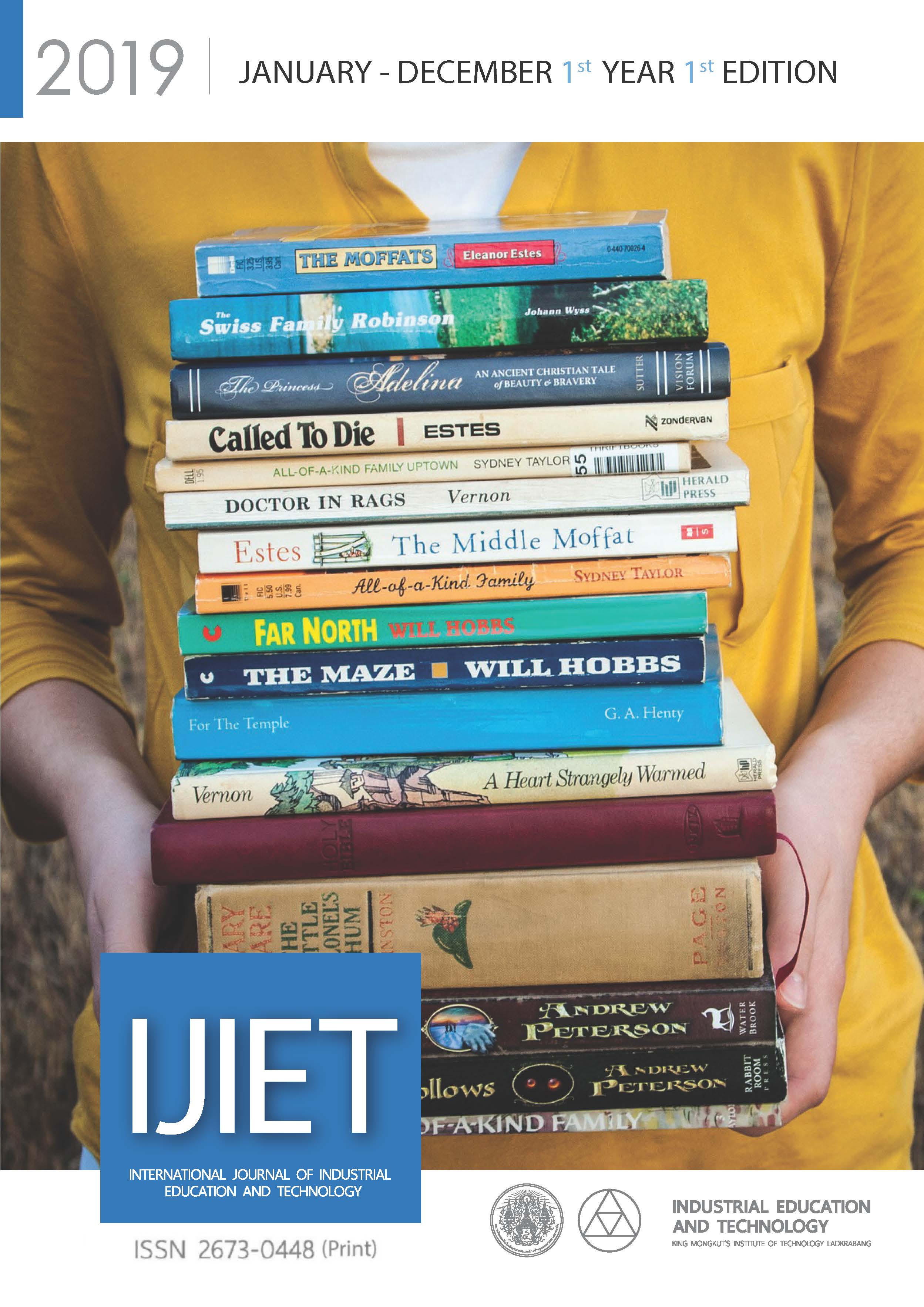The Development of Multimedia on E-Learning with Blended Learning in E-Commerce Lesson for Undergraduate Students
Keywords:
Multimedia, E-Learning, Blended Learning, E-commerceAbstract
The purposes of this research were: 1) to develop and validate the efficiency of Multimedia on E-learning with Blended learning in E-commerce lesson for undergraduate students are effectively criteria. 2) to compare the students’ learning achievement of pre-test and post-test by using Multimedia on E-learning with Blended learning in E-commerce lesson for undergraduate students. The samples consisted, 87 of the second year undergraduate students of Faculty of Science and Technology who have enrolled in the Computer and Technology subject, in the first semester of academic year 2018, Southeast Bangkok College, which were divided into two groups as: 1) The samples to study efficiency of Multimedia on E-learning with Blended learning in E-commerce lesson for undergraduate students were 40 undergraduate students using a simple random sampling method, and 2) The samples to study of the learning achievement of Multimedia on E-learning with Blended learning in E-commerce lesson for undergraduate students were 1 classroom for 30 undergraduate students using cluster random sampling method. The research instruments in this study consisted of: 1) The multimedia on e-learning with blended learning in e-commerce lesson 2) The lesson plans using blended learning 3) The learning achievement test. The data were analyzed using various statistical tests including mean, standard deviation and t-test dependent. The research results finding were as follows:1) The efficiency criterion was at 80.48/84.40 of multimedia on e-learning with blended learning in e-commerce lesson 2) The students’ learning achievement of post-test by using multimedia on e-learning with blended learning in e-commerce lesson, was statistical significance at the .05 level
References
Bernath, R. (2012). Effectives Approaches to Blended Learning for Independent Schools. Websites,
Retrieved October 11, 2018, from http://www.testden.com/partner/blended%20learn.html
Boyle, T., Bradley, C., Chalk, P., Jones, R. & Pickard, P. (2003). Using blended learning to improve student success rates in learning to program. Journal of Educational Media, 28(2-3), 165-178.
Graham, C.R. (2012). Introduction to Blended Learning. Websites, Retrieved November 2, 2018, from http://www.media.wiley.com/product_data/except/86/C.pdf.
Nasongkhal, J. (1999). Teaching via the World Wide Web. Chulalongkorn Education Research Journal, 27(3), 35-44
OECD. (1997), OECD Report on Regulatory Reform: Synthesis, Paris. Copyright OECD, 1997.
Partnership for 21st Century Learning, (2015). Websites, Retrieved December 15, 2018, from
https://www.imls.gov/assets/1/AssetManager/Bishop%20Pre-Con%202.pdf
Pomwong, C. (2013). Developmental testing of media and instructional package. Silpakorn Education Research Journal, 5(1), 1-20.
Silpcharu, T. (2006). Research and statistical analysis with SPSS. Bangkok: V.Interprint.
Wannapiroon, P. (2011). Blended learning from concept to practice. Journal of Vocational and Technical Education. 1(2), 43-49.
Yingkwancharoen, A. (2013). Development of blended web-based lesson on “lighting for studio "Photography” for under graduated student with different personality. Journal of Veridian E-Journal, 6(2), May - August 2013.



